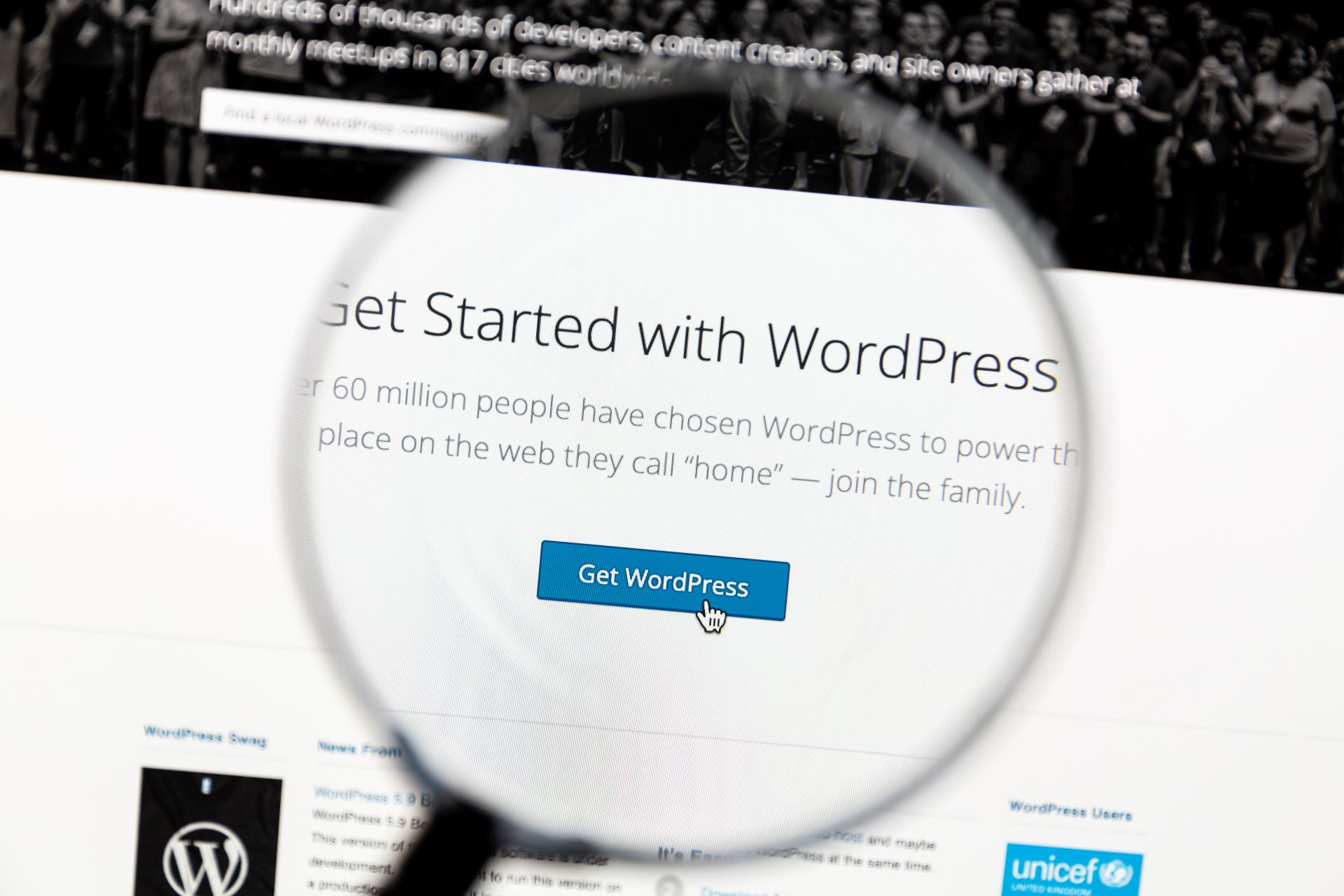Ultimate Guide to WordPress Site Management in 2024
Managing a WordPress site can seem daunting, but with the right strategies and tools, it can be a smooth and efficient process. This guide aims to provide you with comprehensive insights into WordPress site management, ensuring your site runs seamlessly and effectively.
WordPress is one of the most popular content management systems (CMS) in the world, powering millions of websites. To make the most of your WordPress site, it’s essential to manage it effectively.
Table of Contents
This involves regular maintenance, updates, security measures, and performance optimisation. Let’s delve into the key aspects of WordPress site management to help you keep your site running at its best.
Regular Backups
One of the most crucial aspects of WordPress site management is regular backups. Backups ensure that you can restore your site to a previous state in case of data loss, hacking, or other issues.
- Why Backups Matter: Protects your data, enables recovery from failures, and provides peace of mind.
- How to Backup: Use plugins like UpdraftPlus, BackupBuddy, or Jetpack for automated backups. Ensure you store backups in multiple locations, such as cloud storage and local drives.
Keeping Your Site Updated
Keeping your WordPress site updated is vital for security and functionality. This includes updating the WordPress core, themes
, and plugins.
- WordPress Core Updates: Ensure you have the latest version of WordPress to benefit from security patches and new features.
- Theme and Plugin Updates: Regularly update themes and plugins to avoid vulnerabilities and maintain compatibility with the latest WordPress version.
- Automated Updates: Consider enabling automatic updates for minor releases and plugins to streamline the process.
Ensuring Site Security
Security is a top priority for any website. Implementing robust security measures helps protect your site from malicious attacks and data breaches.
- Strong Passwords: Use complex passwords and change them regularly.
- Two-Factor Authentication: Add an extra layer of security with two-factor authentication plugins like Google Authenticator or Authy.
- Security Plugins: Use plugins such as Wordfence, Sucuri, or iThemes Security to enhance site protection.
- Regular Scans: Perform regular security scans to detect and fix vulnerabilities.
Optimising Site Performance
Optimising your site’s performance ensures a better user experience and improves search engine rankings.
- Caching: Use caching plugins like W3 Total Cache or WP Super Cache to reduce load times.
- Image Optimisation: Compress images using tools like Smush or ShortPixel to improve loading speed.
- Content Delivery Network (CDN): Implement a CDN like Cloudflare to distribute your content globally and speed up access.
- Minimise Plugins: Deactivate and delete unused plugins to reduce bloat and improve performance.
SEO Best Practices
Search engine optimisation (SEO) is critical for increasing your site’s visibility and attracting organic traffic.
- SEO Plugins: Install plugins like Yoast SEO or Rank Math to help with on-page SEO optimisation.
- Keyword Research: Conduct keyword research to identify and target relevant search terms.
- Optimised Content: Create high-quality, keyword-rich content that provides value to your audience.
- Meta Tags: Ensure each page has unique and relevant meta titles and descriptions.
Effective Content Management
Effective content management ensures that your site remains fresh, engaging, and organised.
- Regular Updates: Keep your content updated to maintain relevance and accuracy.</li
- Organised Structure: Use categories and tags to organise your content for better user navigation and SEO.
- Editorial Calendar: Plan your content ahead of time with an editorial calendar to maintain consistency.
- Media Management: Optimise and organise media files to keep your site tidy and efficient.
User Management
Managing user roles and permissions is essential for maintaining site security and operational efficiency.
- User Roles: Assign appropriate user roles (Administrator, Editor, Author, Contributor, Subscriber) to manage access and capabilities.
- Permissions: Regularly review and update user permissions to ensure they align with current requirements.
- User Activity Monitoring: Monitor user activity to detect and respond to any unusual or suspicious behaviour.
Monitoring and Analytics
Monitoring your site’s performance and analysing visitor data helps you make informed decisions and improvements.
- Google Analytics: Use Google Analytics to track visitor behaviour, traffic sources, and conversions.
- Uptime Monitoring: Use tools like UptimeRobot or Pingdom to ensure your site is always available.
- Performance Insights: Use Google Search Console and other SEO tools to monitor site health and performance.
Conclusion
Effective WordPress site management involves a combination of regular maintenance, security measures, performance optimisation, and content management. By following the strategies outlined in this guide, you can ensure your WordPress site remains secure, fast, and engaging for your visitors. Remember, the key to successful WordPress site management is consistency and proactive maintenance.
If you need professional assistance with managing your WordPress site, feel free to contact our team. We offer comprehensive WordPress site management services to help you achieve your online goals.


